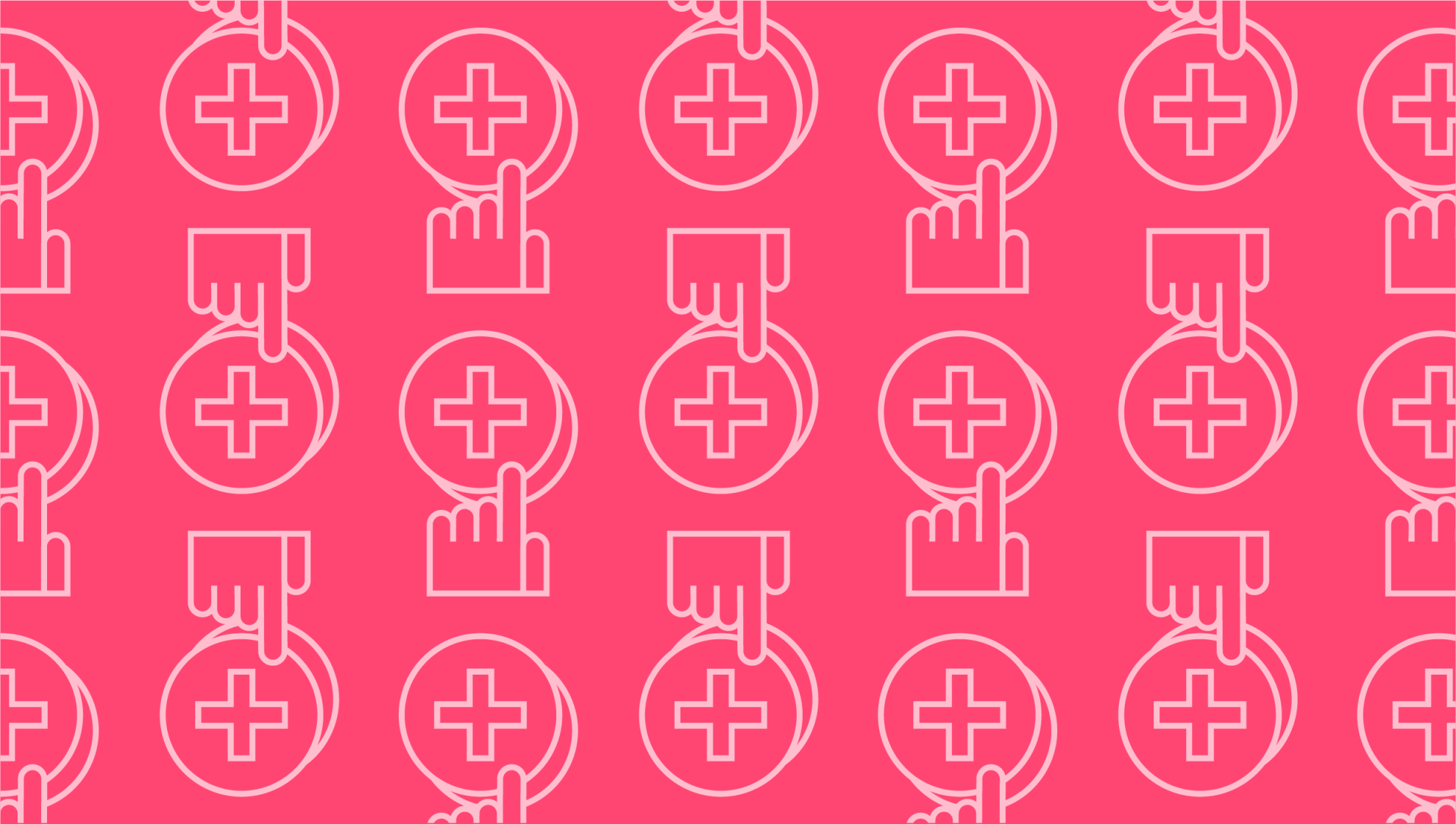
Customer Retention vs Customer Loyalty
Last editedDec 20222 min read
Customer loyalty and customer retention go hand in hand, but there are a few subtle differences to be aware of. Both are important metrics to follow if you want to measure how well customers are engaging with your business. Here how to compare and measure customer retention vs customer loyalty.
Customer retention vs loyalty: what’s the difference?
Customer retention measures whether existing clients continue using your products and services over time.
Customer loyalty measures the level of engagement between a customer and your products or services.
A customer could continue using services for years without having any strong feelings about them; they simply can’t be bothered to cancel the contract. This would indicate higher customer retention, but lower customer loyalty.
Another way to look at this difference is that while retention is binary, loyalty is scalable. There are varying degrees of loyalty, while retention simply shows whether a customer sticks with your products. Loyal customers are resistant to competitors because they have a positive preference for your business. This makes them more willing to engage with the brand.
Understanding the value of customer loyalty and retention
Both metrics are extremely important for a business. Loyal customers are less likely to cancel their services, improving retention. The value of customer loyalty and retention pays off monetarily. It costs more to acquire new customers than it does to retain existing ones.
Engaged, loyal customers are more likely to try new products and give feedback. You’ll have a better chance of successfully cross-selling or upselling additional services to a core customer base. They’re more immune to the charms of competitors, sticking to the products and brands they prefer. They’re also more likely to leave positive reviews and offer free word-of-mouth advertising.
How to improve customer retention
When it comes to improving customer retention, the first step is understanding why customers leave. Analyse churn rates to determine how many are deliberately leaving, and how many are simply letting contracts expire. Customer and revenue churn are both important metrics for improving customer retention rates. You should also look at the time lapses between purchases. If a customer is letting more time go by between each purchase, it shows they might be losing interest in your brand.
1. Perform regular customer retention analysis
This gives you the information you need to formulate a better business strategy. Break down your customer base into segments to analyse buyer behaviour at every stage of the journey. Is there a certain point where customers abandon their interactions? Are you losing a specific demographic?
2. Communicate regularly with customers
Great customer service starts with communication. Check in with customers you haven’t heard from in some time, enticing them to make a new purchase with a special offer or discount. Ask for regular feedback to find out areas where you can improve to keep their business.
3. Reduce involuntary churn
Finally, don’t neglect the impact of involuntary churn. When a customer’s payment details are declined or expire, this might automatically cancel services. Use a tool like GoCardless’s Success+ solution to try payments at the most optimal time. This intelligent technology recovers up to 70% of failed payments, reducing churn.
How to improve customer loyalty
Retaining clients is certainly important. However, it’s also vital to improve loyalty and engagement. This is slightly more complicated than improving customer retention because there are varying degrees of loyalty. A great loyal customer not only makes repeated purchases from your business, but they also advocate for you and are resistant to competition.
Many of the ways to improve customer loyalty are the same as with improving customer retention. For example, great customer service and communication help in both regards. You need to seek continuous feedback to measure your efforts over time in both instances.
However, user experience is even more important when it comes to loyalty. Undertake regular user testing to make sure your products and shopping experience are as satisfactory as they can be. Use customer data analysis to learn more about interactions outside of their use of products. How do they interact with your website and customer service team? How are problems dealt with? Embrace the brand experience to improve both customer retention and customer loyalty.
We can help
GoCardless is a global payments solution that helps you automate payment collection, cutting down on the amount of financial admin your team needs to deal with. Find out how GoCardless can help you with one-off or recurring payments.

